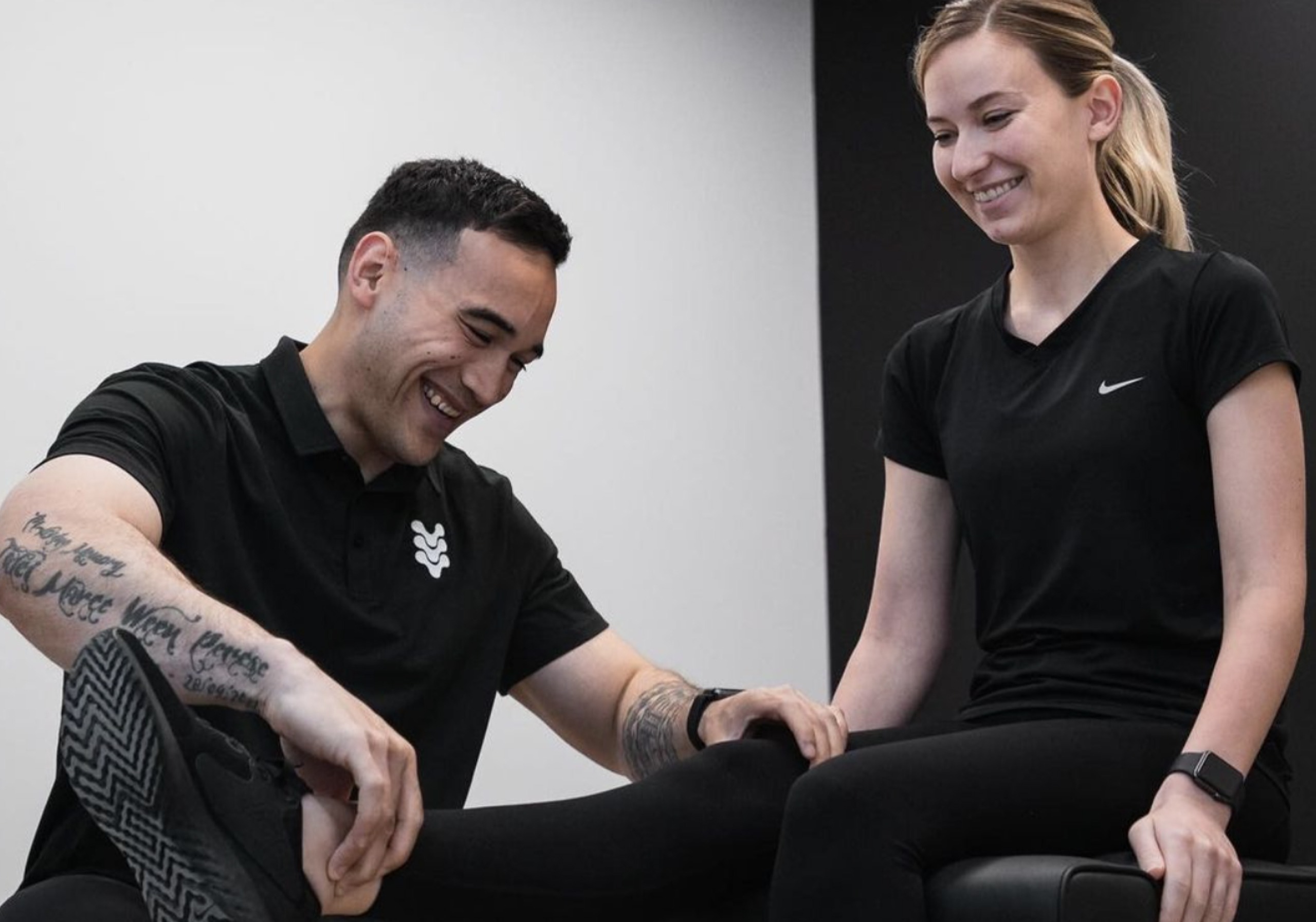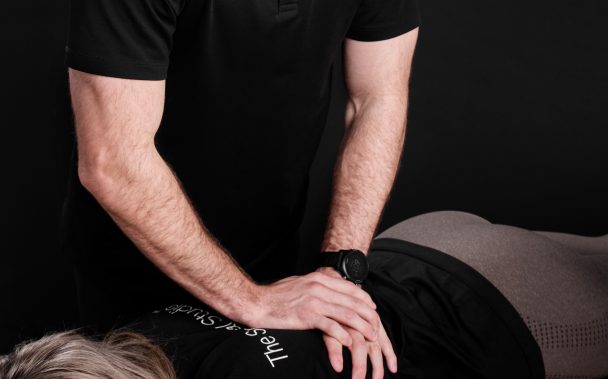Introduction
Chronic pain, a complex and often misunderstood condition, impacts countless lives. However, Professor Lorimer Moseley’s pioneering research illuminates the path to managing it effectively. His insights offer a fresh perspective on pain, emphasising the intricate relationship between the mind, body, and perceptions.
The Mind-Body Connection
Understanding Pain Beyond the Physical
Chronic pain often leads to a heightened nervous system sensitivity, a condition known as central sensitisation. This means that pain can be triggered or intensified not just by physical issues but also by psychological factors like fear, anxiety, and stress. Understanding this can help individuals and clinicians approach pain management more effectively, recognising that alleviating psychological stressors is as crucial as addressing physical ailments.
The Role of Movement and Exercise
Rethinking Pain and Its Causes
One of the most profound insights from Moseley’s work is the understanding that pain is not a direct measure of tissue damage. This rethinking challenges traditional views, such as believing that ‘slipped discs‘ cause back pain. By recognising that pain can exist without direct tissue damage, individuals can approach their pain with a new perspective, focusing more on holistic recovery than on pinpointing and fixing a specific physical ailment.
A Collaborative Approach
A Path Forward
Chronic pain management is not a one-size-fits-all solution but a journey of understanding, adaptation, and proactive management. By embracing Professor Moseley’s research insights and understanding the complex nature of pain, individuals can find more effective and empowering ways to manage their condition. This journey is about alleviating symptoms and enhancing overall well-being and quality of life.
References
Moseley, G. L., & Butler, D. S. (2015). Fifteen Years of Explaining Pain: The Past, Present, and Future.The journal of pain,16(9), 807–813. https://doi.org/10.1016/j.jpain.2015.05.005
Moseley, G.L., Leake, H. B., Beetsma, A. J., Watson, J. A., Butler, D. S., van der Mee, A., Stinson, J. N., Harvie, D., Palermo, T. M., Meeus, M., & Ryan, C. G. (2023). Teaching Patients About Pain: The Emergence of Pain Science Education, its Learning Frameworks and Delivery Strategies.The journal of pain, S1526-5900(23)00618-1. Advance online publication. https://doi.org/10.1016/j.jpain.2023.11.008




